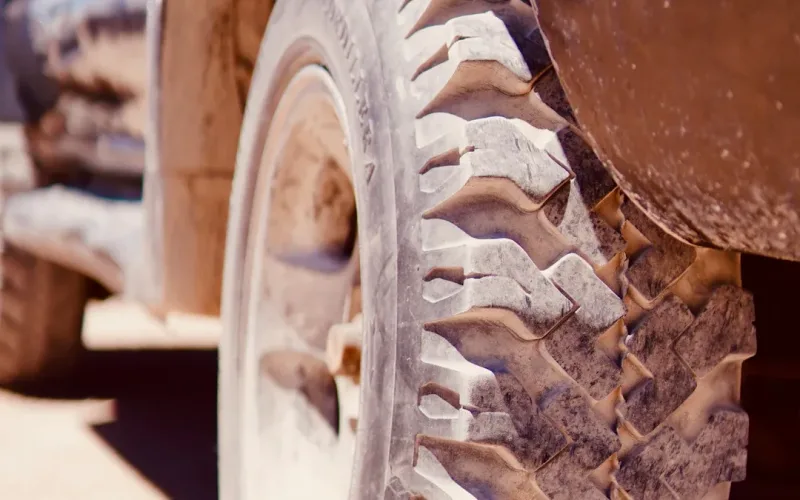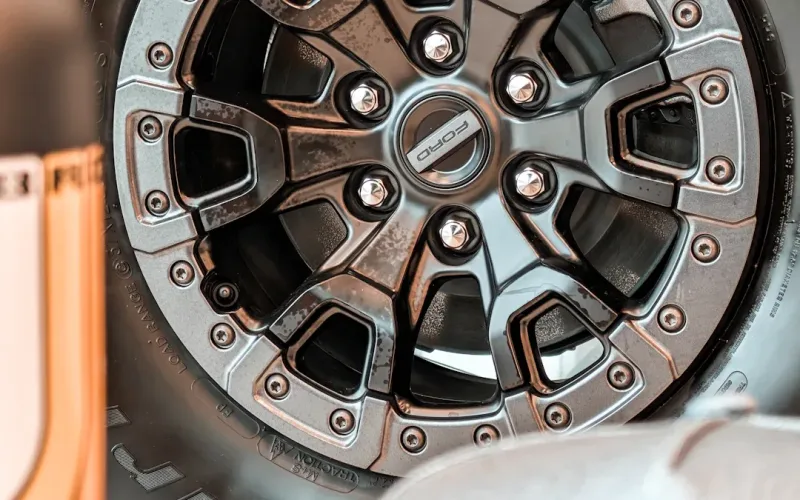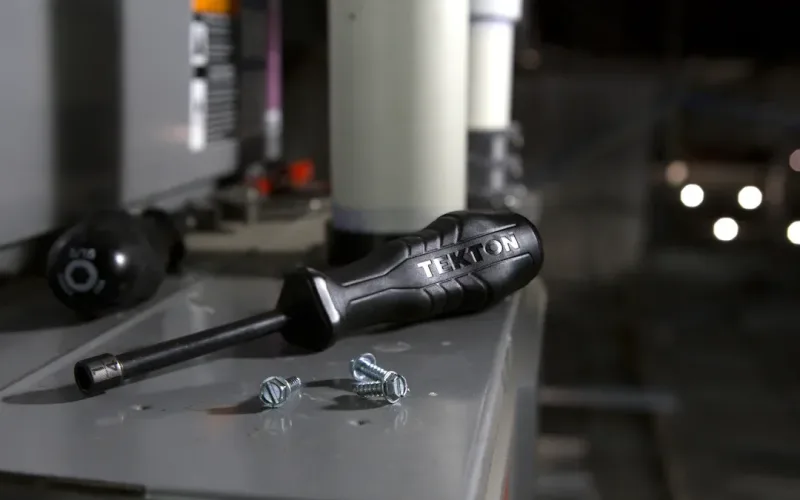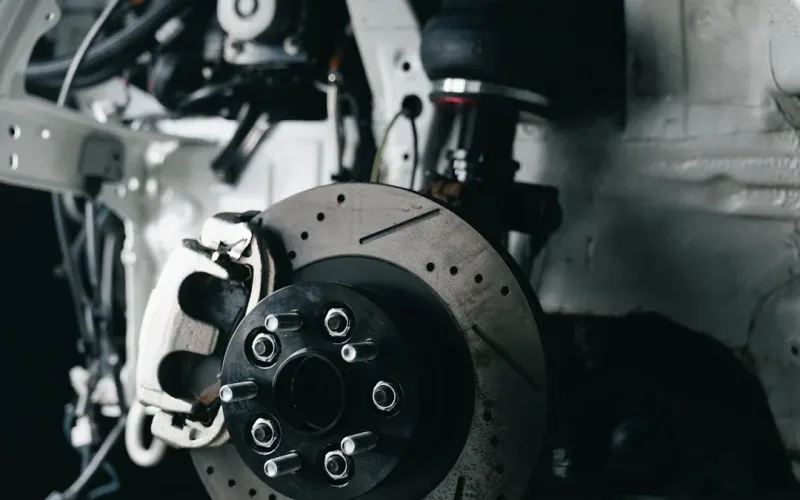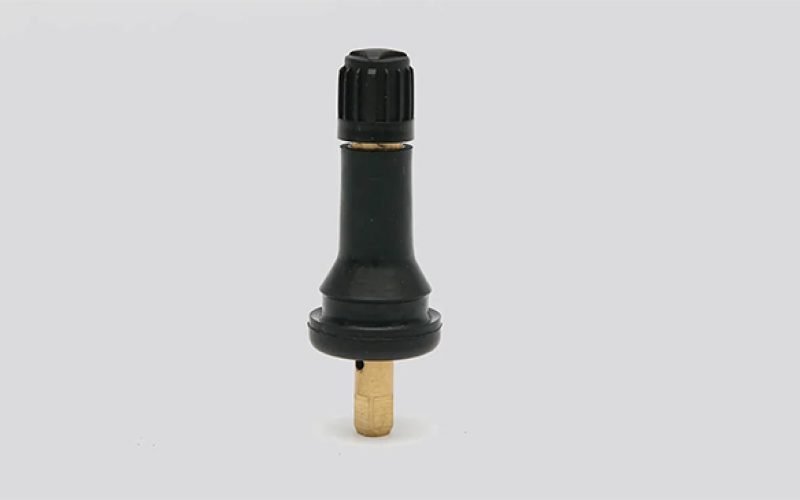

admin1
September 24, 2025
How tpms sensor valve stem failures happen and ways to prevent them
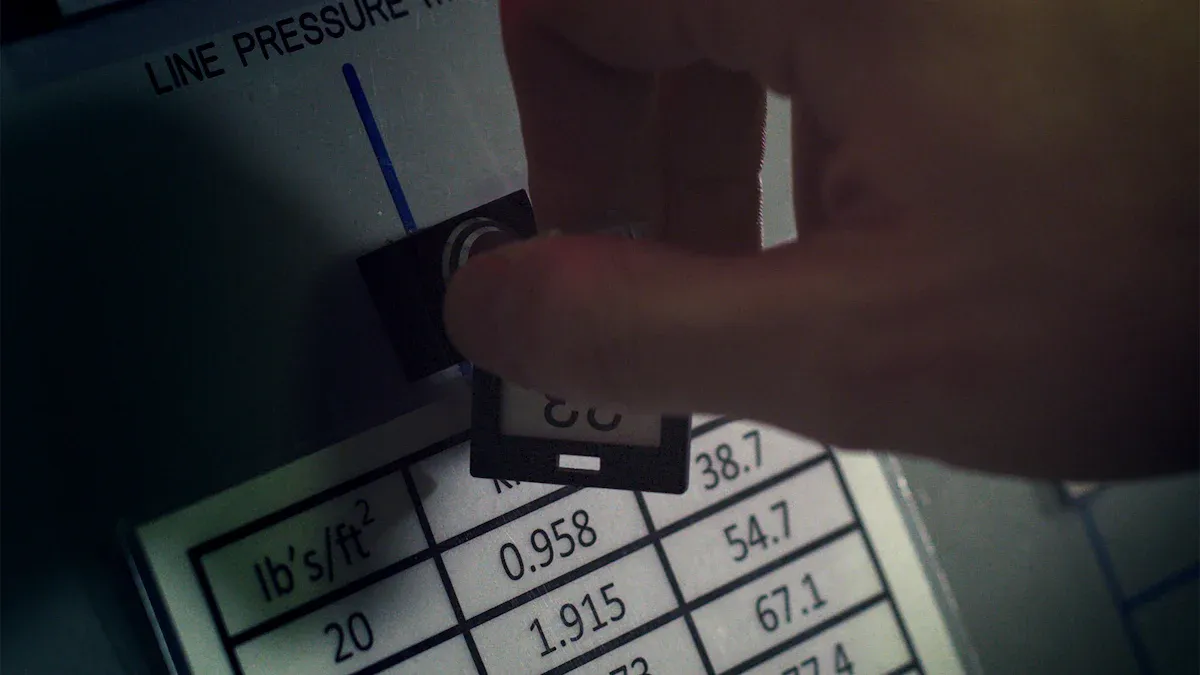
You depend on your tpms sensor valve stem to keep your tires safe and your drive smooth. Over time, you might notice problems like air leaks or sensor errors. These issues often happen because of material fatigue, corrosion, or damage from road debris. Sometimes, dirt or dust clogs the valve stem and stops it from measuring tire pressure correctly.
- Age can cause your sensor to malfunction.
- Corrosion may weaken the valve stem and create leaks.
- Road debris or tire changes can damage the sensor.
- Dirt buildup can block accurate readings.
Knowing these risks helps you prevent costly repairs and keeps your tires working their best.
Why TPMS Sensor Valve Stems Fail
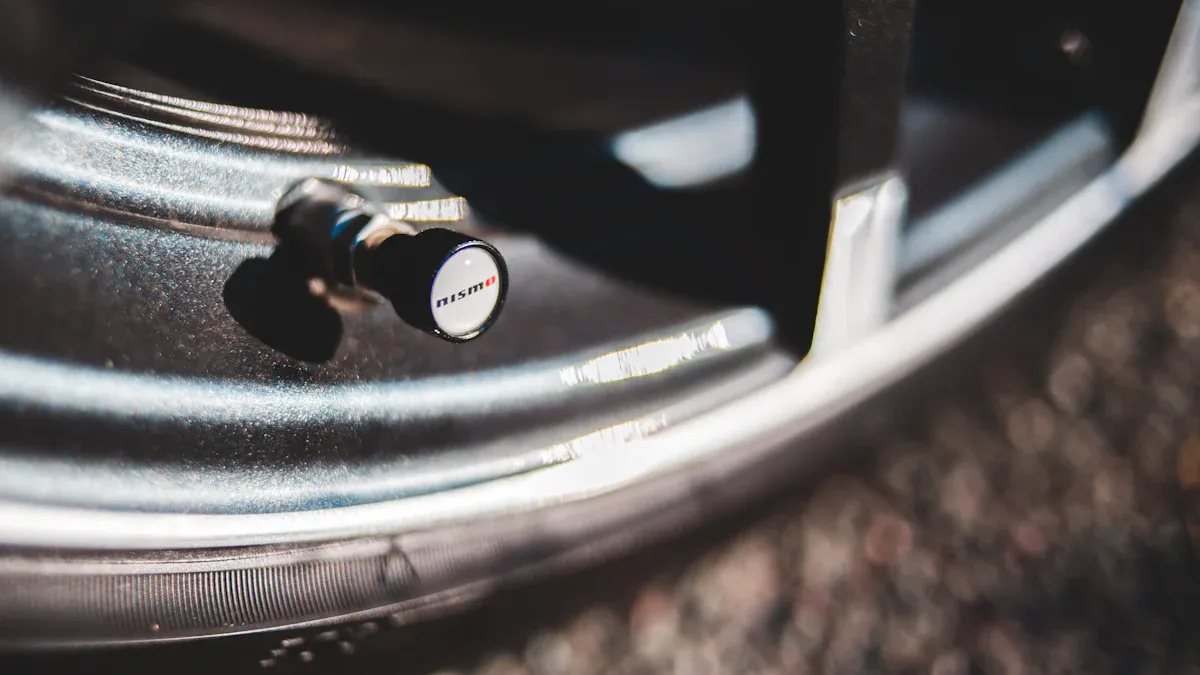
Material Fatigue and Wear in TPMS Sensor Valve Stem
You rely on your tpms sensor valve stem every time you drive. Over time, the stem faces constant pressure changes, vibrations, and exposure to the elements. These factors cause material fatigue. When the stem gets old, it may crack or split, especially if you use rubber stems with heavy external sensors. This can lead to air leaks and sensor errors. If you do not replace rubber stems with brass-lined stems, the risk of failure increases because brass offers better durability.
Tip: Always check the age of your tpms sensor valve stem during tire service. Most sensors last between 5 and 10 years, but material fatigue can shorten their lifespan.
Common causes of material fatigue and wear include:
- Repeated flexing from tire movement
- Heavy external sensors stressing the stem
- Using the wrong type of stem for your tpms system
Corrosion and Environmental Impact on TPMS Sensor Valve Stem
Corrosion is a major threat to your tpms sensor valve stem. Road salt, moisture, and brake dust can attack the metal parts. Galvanic corrosion happens when you use the wrong valve core or nut, especially if different metals touch each other. Dirt and debris also build up on the stem, trapping moisture and speeding up corrosion.
Note: Proper valve caps help block moisture and road salts. Make sure your valve caps fit tightly to protect your tpms sensor valve stem.
You face corrosion risks in many environments:
- Driving on salted winter roads
- Passing through puddles or wet areas
- Parking near construction zones with lots of dust
Corrosion weakens the stem and can cause leaks or sensor failure. If you do not keep the stem clean, dirt buildup may compromise the tpms system. Laboratory tests show that corrosion can damage sensors during tire changes, making regular inspection important.
Improper Installation Affecting Tire Pressure Monitoring System
Installation mistakes can damage your tpms sensor valve stem and affect the whole tpms system. If you use rubber stems with heavy external sensors, the stem may split at the base. Flow-thru sensors add extra weight, which can hit the rim and cause damage. Not replacing rubber stems with brass-lined stems increases the risk of material fatigue.
Here is a table showing common installation errors and their impact:
| Installation Error Description | Impact on Valve Stem |
|---|---|
| Use of rubber stems with heavy external sensors | Causes fatigue and splitting at the base of the stem |
| Installation of flow-thru sensors | Adds weight that can hit the rim and cause damage |
| Not replacing rubber stems with brass-lined stems | Increases risk of failure due to material fatigue |
You can prevent these problems by choosing the right stem for your tpms system and following proper installation steps. Always make sure the valve stem is clean and free of debris before mounting the sensor. This helps your tpms sensor valve stem work reliably and keeps your tires safe.
Compatibility Issues with TPMS Sensor and Valve Stem
You need to pay close attention to compatibility when you install a tpms sensor and valve stem. If you use parts that do not match, you may face problems with your tire pressure monitoring system. Many drivers overlook this step, but it can lead to sensor errors and air leaks.
When you mix different metals in the valve stem and sensor, you risk electrochemical reactions. These reactions speed up corrosion. Corrosion weakens the valve stem and can cause air leaks. If the valve stem fails, your tpms sensor cannot measure tire pressure correctly. You may see warning lights on your dashboard, or your tires may lose air without you noticing.
You should always check the materials used in your valve stem and tpms sensor. Some sensors work best with metal stems, while others need rubber stems. If you use the wrong type, the sensor may not fit tightly. A loose fit can let moisture inside, which damages the sensor and the valve stem.
Manufacturers report several common problems when you use incompatible parts:
- Valve stem corrosion can compromise the integrity of the valve stem, affecting the sensor’s functionality and leading to inaccurate pressure readings.
- Electrochemical reactions in valve stems can accelerate corrosion, weakening the structure and leading to air leaks, which directly impacts the sensor’s ability to maintain proper tire pressure.
- Corrosion can spread to the sensor housing, disrupting the sensor’s ability to accurately measure pressure and transmit data to the vehicle’s ECU.
You should always use valve stems and tpms sensors designed to work together. If you are not sure which parts to choose, ask a professional or check your vehicle manual. You can prevent many problems by making sure all parts are compatible before installation.
Tip: Always inspect your valve stem and tpms sensor for signs of corrosion or loose fittings during routine tire maintenance. Early detection helps you avoid costly repairs and keeps your tire pressure monitoring system working properly.
Types of TPMS Sensor Valve Stems and Their Pros and Cons
Rubber Valve Stems for TPMS: Pros and Cons
Rubber valve stems are common in many vehicles. You might notice that they feel flexible when you touch them. This flexibility helps the stem bend with tire movement, which can lower the risk of damage. Rubber stems are also affordable and easy to replace during regular tire service.
Here is a quick look at the advantages and disadvantages:
| Advantages of Rubber Valve Stems | Disadvantages of Rubber Valve Stems |
|---|---|
| More resistant to corrosion | Susceptible to UV deterioration |
| Easy installation | Limited durability compared to metal |
| Flexible for off-road applications | Potential issues with high-pressure applications |
You can use rubber valve stems for everyday driving. They work well in normal conditions, but they may wear out faster if you drive in harsh environments or need to handle high tire pressures.
Metal Valve Stems for TPMS: Pros and Cons
Metal valve stems give you extra strength and durability. You often see these on vehicles that need to handle higher pressures or rougher roads. Metal stems last longer than rubber ones, but they can be more likely to corrode over time, especially if exposed to moisture or road salt.
Here is a comparison:
| Feature | Metal Valve Stems | Rubber Valve Stems |
|---|---|---|
| Durability | Generally more durable | Less durable |
| Corrosion Resistance | More susceptible to corrosion over time | Less likely to corrode |
If you choose metal stems, you get a sturdy option for tough conditions. Remember to check for signs of corrosion during maintenance.
Hybrid Valve Stems for Tire Pressure Monitoring System
Hybrid valve stems combine features from both rubber and metal designs. You get the flexibility of rubber and the strength of metal. Many drivers like hybrids because you can adjust air pressure without removing the sensor. Some hybrid stems even let you replace the battery yourself.
| Benefit/Drawback | Description |
|---|---|
| Benefit | Ease of air adjustment without removing sensors |
| Benefit | User-replaceable batteries |
| Drawback | Slower air inflation |
| Drawback | Potential issues with air flow in dual wheel setups |
You might find hybrid stems helpful if you want convenience and flexibility. Just keep in mind that air inflation may take a bit longer, especially with dual wheels.
Tip: Choose the valve stem type that matches your driving needs and environment. Regular checks help you spot problems early and keep your TPMS working well.
How to Prevent TPMS Sensor Failure and Valve Stem Issues
Choose Quality TPMS Sensor Valve Stem Products (Fortune Recommendations)
You can prevent tpms sensor failure by choosing high-quality valve stems and sensors. Products from trusted brands like Fortune (Hinuos) meet strict manufacturing standards and undergo thorough testing before shipment. You get reliable performance and durability when you select certified valve stems. Industry ratings show that OEM or OEM-equivalent sensors offer the best reliability. Programmable sensors from brands such as Foxwell, Autel, and XTool also perform well. Off-brand budget sensors may save money, but they often lack long-term dependability.
Tip: Always look for valve stems with ISO9001 certification and a proven track record in the tire pressure monitoring system market.
Proper Installation for TPMS Sensor Valve Stem
Correct installation helps you avoid leaks and sensor errors. Follow these steps to keep your tire pressure monitoring system working smoothly:
- Clean the area around the sensor and valve stem. Remove old seals and debris.
- Tighten the sensor nut to the manufacturer’s torque specification. Avoid over-tightening, which can damage the stem or sensor.
- Complete a factory relearn procedure after installation. This step ensures the system recognizes the new sensor and works correctly.
A careful installation process protects delicate sensor components and keeps your tires safe.
Regular Maintenance of Tire Pressure Monitoring System
Routine checks help you catch problems early. You should inspect tire pressure at least once a month and before long trips. Measure pressure when tires are cold for accurate readings. During tire service, look for cracks in valve stems and make sure valve caps are intact. Replace the service kit when you change tires, since these parts are single-use. Handle sensors gently to avoid damage.
- Check TPMS sensors regularly and replace them every few years.
- Ensure valve caps stay on to block dirt and moisture.
- Inspect valve stems for cracks or wear during every tire service.
Regular maintenance keeps your tire pressure monitoring system reliable and helps you avoid unexpected issues.
Timely Replacement of TPMS Sensor Valve Stem
You play a key role in keeping your tire pressure monitoring system reliable. Timely replacement of the TPMS sensor valve stem helps you avoid unexpected problems on the road. Most experts recommend replacing the valve stem every time you change your tires or notice signs of wear. This simple step can prevent air leaks and keep your sensors working as they should.
You should look for warning signs that show your valve stem needs replacement. Cracks, splits, or corrosion on the stem mean it is time for a new one. If you see your tire pressure warning light come on often, check the valve stem first. Sometimes, a faulty stem causes the system to lose air or send false readings. You can stop sensor failure before it happens by acting early.
Here are some clear signs you need to replace your TPMS sensor valve stem:
- The rubber looks dry, cracked, or brittle.
- You see green or white corrosion on metal stems.
- The valve cap does not fit tightly.
- You hear a hissing sound near the stem.
Tip: Replace the valve stem service kit every time you change tires. This kit includes seals, washers, and nuts that keep the system airtight.
You should also follow your vehicle manufacturer’s guidelines for replacement intervals. Most TPMS sensors last 5 to 7 years, but harsh weather or frequent driving can shorten this time. By replacing the valve stem on schedule, you lower the risk of sensor failure and keep your tires safe.
If you ignore these signs, you may face sensor failure at the worst time. A failed sensor can lead to underinflated tires, poor fuel economy, and even tire blowouts. Stay ahead by checking your valve stems often and replacing them when needed.
Best Practices for TPMS Sensor and Valve Stem Care
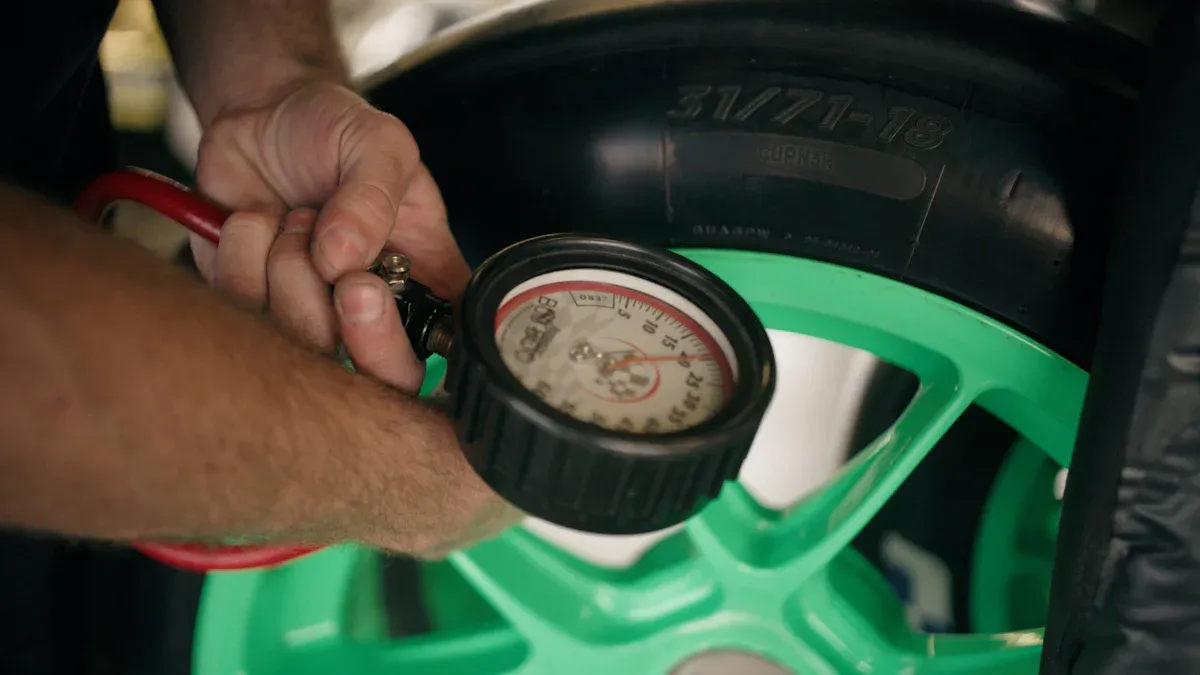
Avoid Over-Tightening TPMS Sensor Valve Stem
You want your tire pressure monitoring system to work every time you drive. Over-tightening the TPMS sensor valve stem can cause serious problems. When you use too much force, you might strip the threading on the sensor or misalign the seals. This can lead to cracks in the internal parts of the sensor. If this happens, you risk sensor failure and air leaks. You may see a warning light on your dashboard, which means your tire pressure is not being measured correctly. Always use a torque wrench and follow the manufacturer’s guidelines. This helps you avoid damage and keeps your tire pressure readings accurate.
Use Compatible TPMS Sensor and Valve Stem Parts
You need to match the right sensor and valve stem to your tire and wheel. If you use parts that do not fit together, you can cause sensor failure or get false tire pressure readings. You may also see a warning light if the system cannot read the tire pressure. To avoid these problems, follow these best practices:
- Understand your vehicle’s wheel design and maintenance needs.
- Choose between internal and external sensors based on what fits your tire and your comfort with service.
- Make sure the valve stem is TPMS-compatible for accurate tire pressure readings.
- Match the valve stem’s pressure rating to your tire’s requirements to prevent leaks and failure.
- Confirm the valve stem fits the tire rim hole size for a secure installation.
If you use the right parts, you lower the risk of sensor failure and keep your tire pressure monitoring system working. You also avoid unexpected warning lights and keep your tires safe.
Protect TPMS Sensor Valve Stem from Corrosion
Corrosion is a common cause of sensor failure and tire pressure loss. You can protect your TPMS sensor valve stem by cleaning it often, especially during winter. Road salt and moisture can build up on the valve stem and cause it to rust. If corrosion sets in, you may see a warning light or lose tire pressure. Use high-quality valve caps to keep out moisture and dirt. Rubber snap-in stems offer extra protection against corrosion. Replace valve stems regularly, especially if you drive in harsh weather. When you change your tires, check the sensor and valve stem for signs of rust or wear. Replace any parts that look damaged to prevent failure.
Tip: Always replace the service pack parts, such as the nut, valve core, valve cap, and rubber gaskets, when you service your tires. This helps prevent corrosion and keeps your tire pressure monitoring system working well.
You can also use a small amount of penetrating oil to loosen corroded parts, but be careful. If the valve stem is weak, it might break. Talk to your tire technician about any concerns before they start work. This helps you avoid surprises and keeps your tire pressure system reliable.
You can prevent TPMS sensor valve stem failures by choosing quality products and following regular care routines. Regular inspections help you spot cracks or wear before they cause problems. If you see a tpms warning light, check for low tire pressure and inspect your valve stems. Use certified valve stems from Fortune and follow best installation practices. Here is a quick checklist to keep your tires safe:
- Check tire pressure and sensor condition every 6 months.
- Look for cracks, bulges, or uneven tread wear.
- Replace sensors every 5-7 years.
- Confirm tires match the recommended load rating.
| Statistic | Implication |
|---|---|
| 738 tire-related crash fatalities in 2017 | Low tire pressure creates serious road hazards, showing the importance of TPMS. |
FAQ
What does a tpms sensor do for your vehicle?
A tpms sensor checks the air pressure in your tires. It sends information to your car’s computer. You see a warning light if the pressure drops too low. This helps you avoid flat tires and keeps you safe on the road.
How often should you replace a tpms sensor valve stem?
You should replace the tpms sensor valve stem every time you change your tires. Most experts recommend changing it every five to seven years. Look for cracks or corrosion. If you see damage, replace the tpms sensor valve stem right away.
Can you drive with a faulty tpms sensor?
You can drive with a faulty tpms sensor, but it is not safe. You might not know if your tire pressure drops. Low pressure can cause poor handling and increase the risk of a blowout. Fix the tpms sensor as soon as possible.
What causes a tpms sensor to fail?
A tpms sensor can fail because of corrosion, material fatigue, or improper installation. Road salt and moisture damage the sensor. Using the wrong valve stem also leads to problems. Regular checks help you spot issues before the tpms sensor stops working.
How do you maintain your tpms sensor for best performance?
You should inspect the tpms sensor and valve stem during every tire service. Clean the area and check for cracks or corrosion. Replace the service kit when you change tires. Use quality valve stems to keep your tpms sensor working well.
